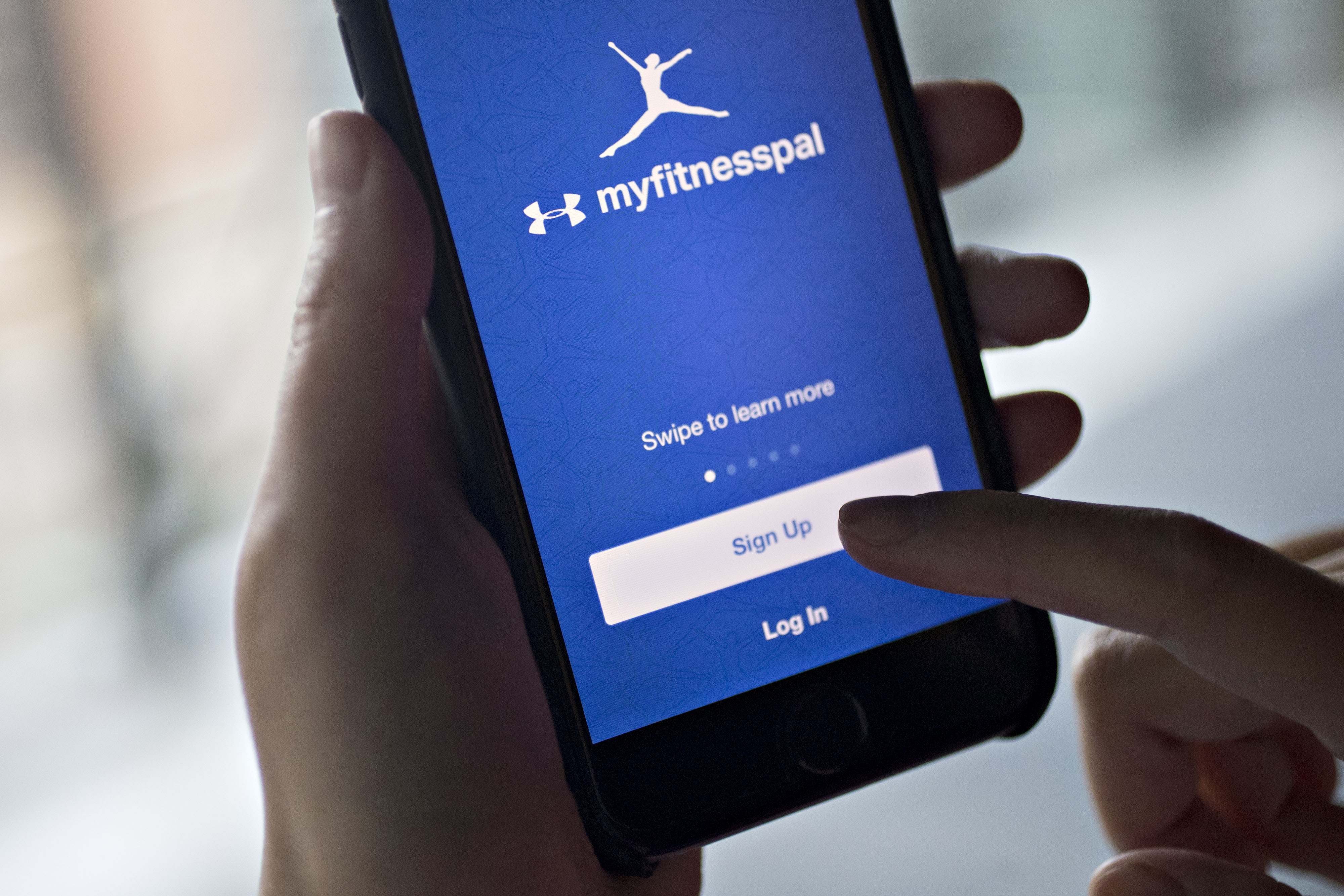

In this article, you will find an extensive range of GPS watches all of which have been put through their paces during testing. Understand what kind of device you have and what it can do, and never rely solely on one. Whilst some are capable of replacing a traditional GPS, others are far more basic and have no navigation functions. GPS watches need skill and experience to use safely. And if you don’t want a nav tool on your wrist, and just want something cheap and cheerful to record your walk stats, there are plenty of fitness trackers to choose from. Although you can do this with a smartphone – or by pacing/timing with a map and compass – having this info glanceable on your watch can be very convenient.

But if your phone is a few years old with an ageing battery, using a GPS watch will save your phone’s battery for taking pictures, viewing maps or dialling mountain rescue in an emergency.Ī GPS watch will communicate with your phone and can be used for fitness tracking, whilst some models are ideal as a navigation sidekick, providing quick reference to data such as elevation, position and distance hiked. If you have a new, top-end phone, and know how to conserve its battery on the hill, go ahead and use it for tracking your walks. However, the best phones of 2023 have bigger batteries than they did two years ago, making battery life less of a concern. In 2021, I pointed out that tracking your walk with a phone will likely drain the battery far more quickly than using a watch. But the core questions remain: why spend more on a high-tech outdoor watch when a chea digital watch will tell the time? Or, for those used to smartphone navigation, what can GPS watches do better? Battery life has improved at most price points. Top devices are more powerful (but more expensive). Outdoor tech moves fast, and there have been significant developments since our last round of the best GPS watch reviews.


 0 kommentar(er)
0 kommentar(er)
